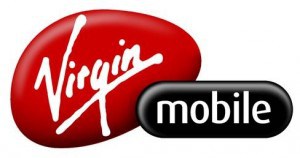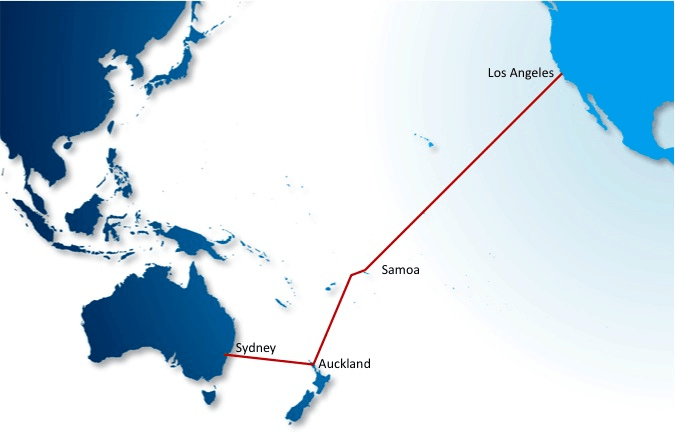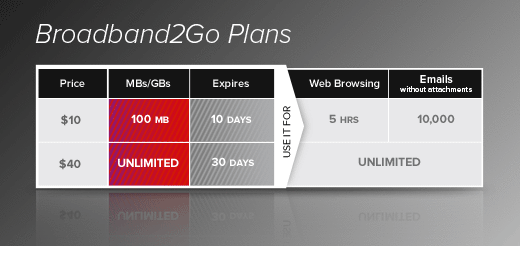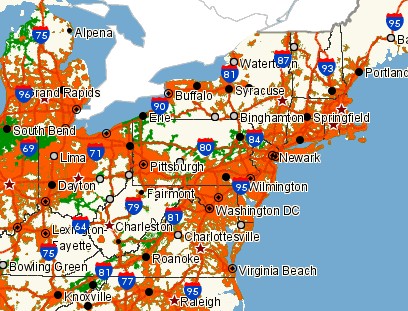 Last week, Stop the Cap! took a look at Virgin Mobile’s new unlimited $40 prepaid wireless broadband service. Early testing looked promising, with speed test results that were well within economy tier DSL service and better than expected. But by early this week the story began to change.
Last week, Stop the Cap! took a look at Virgin Mobile’s new unlimited $40 prepaid wireless broadband service. Early testing looked promising, with speed test results that were well within economy tier DSL service and better than expected. But by early this week the story began to change.
We’ve continued testing the service here and have noticed that while Virgin Mobile’s service turned in respectable performance during the business day (East Coast time), once people started heading home, it’s a completely different story. For the last five days the service has deteriorated to the point of unusability by dinnertime.
It had gotten so bad, we went back to using Cricket’s wireless broadband.
So what’s happening?
First, it’s important to distinguish that these problems are impacting only Virgin Mobile. Sprint’s postpaid customers can use the same cell tower and backbone network and not experience any performance issues. Virgin Mobile’s home location on Sprint’s data network is in San Francisco, and until September 2nd, all traffic headed for the Bay Area to what is basically a virtual LAN on Sprint’s network. The IP address we were assigned was actually an internal address for that virtual LAN.
Our problems started appearing Monday afternoon when we noticed web pages refused to load completely. Since many web pages are composed of content from a variety of different web hosts (Google Analytics, advertising, embedded content, etc.), if parts of the page refuse to load, the page itself may not appear at all. Advertising blocks were the worst problem, often leaving one staring at a blank web page waiting for the ad content to render.
By Wednesday, this problem simply made using Virgin Mobile for broadband untenable. Few pages — even Google’s home page, refused to load reliably. When pages did appear, they took longer than dial-up in many cases. We tried to perform some diagnostics but found trace-routing impossible after the third hop and speed tests could not be loaded, much less run reliably.
The fact the worst problems occurred in the late afternoon and evening hours point to a network completely overloaded with customers.
And indeed, Virgin Mobile admitted as much when it replied to some tweets indicating it had quadrupled capacity by the end of this week. Some users also reported they no longer connected exclusively through the San Francisco (Walnut Creek) location.
As of Thursday, anecdotal reports indicated some service improvements, but the service is still prone to slowdowns during peak usage times.
A few things are evident now that a week has passed:
- Virgin Mobile Wireless Broadband does not share the better performing Sprint postpaid data network those customers receive. Virgin Mobile customer traffic shares a much smaller “pool of bandwidth” because of the limitations imposed by its routing.
- The company needs to either abandon its current routing scheme or dramatically modify it to accommodate the traffic.
- Refunds for disgruntled customers are often available for the hardware, but don’t expect to get a refund for data usage.
- The service problems come regardless of the device used or the number of signal bars you receive.
- New routing cities have popped up since Thursday to supplement San Francisco — Charlotte, N.C., New York, Atlanta, Boston, Southfield (Mich.), Los Angeles, Philadelphia, and a few others. Feel free to share yours in the comments section.
On Friday, Virgin Mobile suffered a major outage caused by a power failure that has stopped or seriously delayed delivery of text messages. The outage is also affecting some data connections and customer service availability. Angry customers have been pelting the company’s Facebook page with hostile remarks since the outage began.
If you signed up for Virgin Mobile wireless broadband, please share your experiences in our comments section!


 Subscribe
Subscribe









